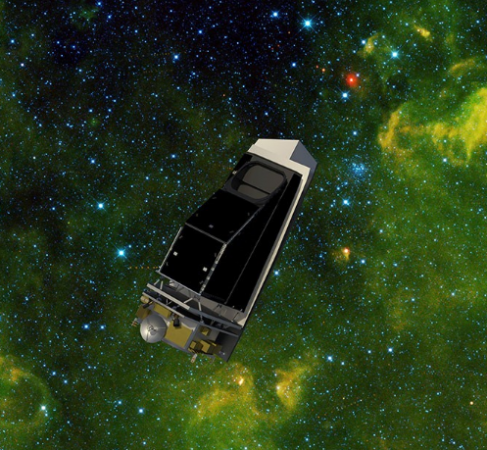
USA: The US space agency NASA is now giving priority to asteroid defence. It has begun development of The Planetary Society's NEO Surveyor project and plans to launch it in 2028.
The NEO Surveyor, a satellite first proposed in 2005, will track asteroids and other nearby small objects that may be headed toward Earth and collide with it.
By 2020, NASA expected to have detected 90% of the 25,000 Near Earth Objects (NEOs) larger than 140 m. However, it secured 37%.
To accelerate the process, NEO Surveyor was created.
Also Read Google appeals CCI's Rs. 1,338 Cr fine for abusing Android market to NCLAT
It will scan regions of space that are difficult for us to see from Earth and will be a better alternative to ground-based telescopes. Missions to deflect asteroids would also receive assistance.
Since 2005, NASA has been interested in the NEO Surveyor. However, the plans were hampered by red tape.
The project's budget for fiscal years 2022 and 2023 was canceled by the agency due to financial difficulties. As a result the scientists and engineers working on the project were forced to abandon it.
Also Read Leaked Product Roadmap for the Next Three Years for Google Pixel 7a, Pixel Fold, Pixel 8 Series
However, NASA recently restarted the project once again, and the cost increased to $1.2 billion. It will not be rejected again.
There is a five-stage cycle for each NASA project. The flight hardware will be built and tested as soon as mission funding is confirmed. At the conclusion of Phase III, the entire hardware should be ready for testing and final assembly.
All this is very far away. The satellite won't start collecting data from space any time soon.
A 50 cm wide space telescope called NEO Surveyor is capable of observing at infrared wavelengths. As asteroids get heated by the Sun, infrared will reveal their heat signature, making them easier to distinguish against the darkness of space.
The spacecraft will be parked 1.5 million km from the Earth Sun-Earth L1 point, where it can remain stable without using much fuel.
Also Read A new Google update will simplify the process of locating misplaced Android devices
A 50 cm wide space telescope called NEO Surveyor is capable of observing at infrared wavelengths. As asteroids get heated by the Sun, infrared will reveal their heat signature, making them easier to distinguish against the darkness of space.
The spacecraft will be parked 1.5 million km from the Earth Sun-Earth L1 point, where it can remain stable without using much fuel.